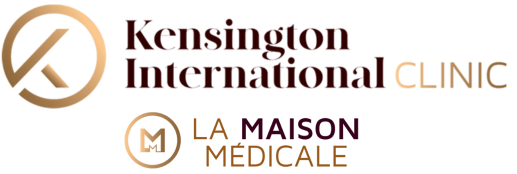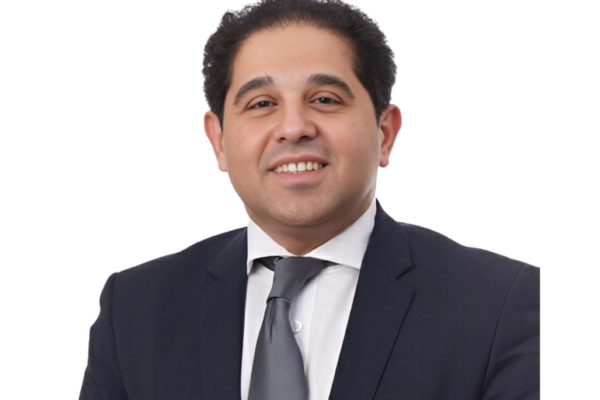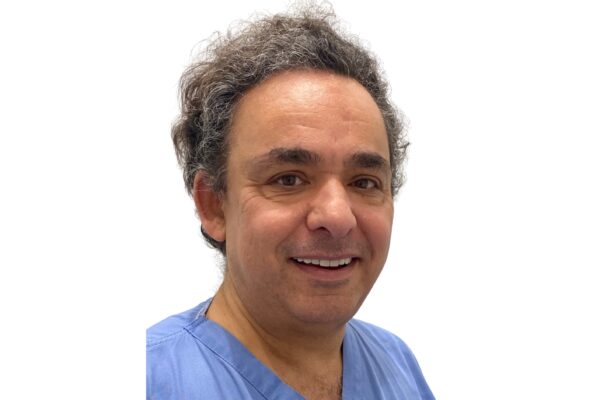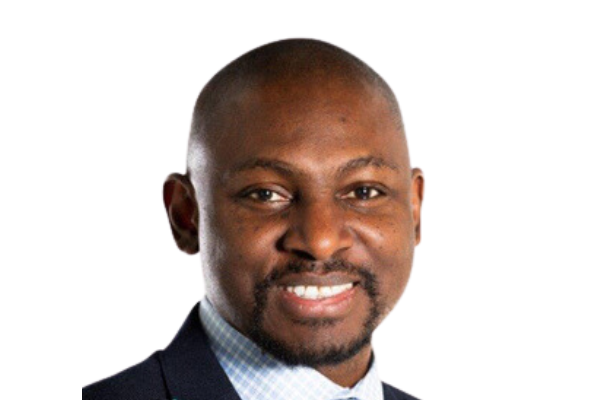1 – Discuss medical conditions or problems : Make sure to tell your doctor if you’re pregnant or have any health conditions, such as heart disease or cancer. This information helps your doctor know whether to take any necessary precautions to perform the procedure as safely as possible.
2 – Mention medications and allergies :You should also tell your doctor about any allergies you have and about any prescription and over-the-counter medications you’re taking. Your doctor may tell you to change your dosage or to stop taking certain medications before the endoscopy. Some medications can increase your risk for bleeding during the procedure. These medications include:
- anti-inflammatory medications
- warfarin (Coumadin)
- heparin
- aspirin
- any blood thinners
Any medications that cause drowsiness can interfere with the sedatives that the procedure will require. Antianxiety medications and many antidepressants could affect your response to the sedative.
If you take insulin or other medications to control diabetes, it’s important to make a plan with your doctor so your blood sugar doesn’t get too low. Don’t make any changes to your daily dosage unless your doctor tells you to do so.
3 – Arrange for a ride home : You’ll likely be given a narcotic and a sedative to help you relax during the endoscopy. You shouldn’t drive after the procedure because these drugs will make you drowsy. Arrange to have someone pick you up and drive you home. Some medical centers won’t allow you to have the procedure unless you arrange for a ride home ahead of time.
4 – Don’t eat or drink :You shouldn’t eat or drink anything after midnight the night before the procedure. This includes gum or mints. However, you can usually have clear liquids after midnight up to six hours before the endoscopy if your procedure is in the afternoon. Clear liquids include:
- water
- coffee without cream
- apple juice
- clear soda
- broth
You should avoid drinking anything red or orange.
5 – Dress comfortably : Although you’ll be given a medication to help you relax, an endoscopy can still cause some discomfort. Make sure to wear comfortable clothes and avoid wearing jewelry. You’ll be asked to remove glasses or dentures before the procedure.
6 – Bring any necessary forms: Make sure to fill out the consent form and any other paperwork that your doctor has requested. Prepare all forms the night before the procedure, and put them in your bag so you don’t forget to bring them with you.
7 – Plan for time to recover : You may have mild discomfort in your throat after the procedure, and the medication may take a while to wear off. It’s wise to take time off work and to avoid making important life decisions until you’re completely recovered.





